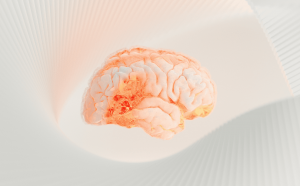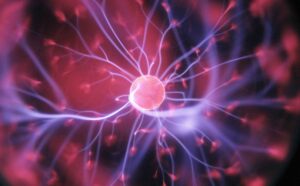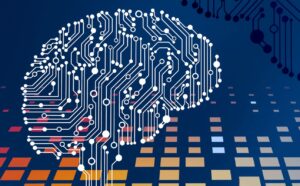Written by: Bill Nuti, Technology Leader and Board Director in the Fortune 500
Human biological systems, while unequivocally more complex, remarkably reflect the structured logic found in advanced computing systems. This interesting parallelism not only smooths the path for an exchange of expertise between researchers and technologists, but also ignites the creation of groundbreaking problem-solving strategies and ideas, launching us into a new age of multidimensional interdisciplinary collaboration. This synergy forms the cornerstone of our philosophical foundation, guiding us as we explore the deep parallels between life itself and the digital domain.
The Genome: Life's Operating System
The genome, an organism’s complete set of DNA, functions as the operating system (OS) of life. It encompasses the genetic instructions essential for the birth, growth, and reproduction of an organism, similar to how an OS manages both system and application software to regulate a computer’s operations. This genomic OS orchestrates the developmental processes, metabolic functions, and adaptive responses of an organism, ensuring the seamless integration of its biological components, much as a computer OS optimizes hardware and software resources.
Physical Form and Hardware: The Material Essence
The tangible manifestation of an organism, its physical form, parallels the hardware in a computer system. This structural framework executes the genetic algorithms encoded within the DNA, similar to how computer hardware operationalizes software commands. The intricate assembly of cells, tissues, and organs reflects the complex interplay of hardware components, working in concert to manifest life’s myriad functionalities.
Proteins as Applications: The Executors of Function
Proteins, the versatile molecules synthesized according to genetic directives, are akin to applications and programs within a computer. Each protein serves a specific purpose, from catalyzing biochemical reactions to mediating cellular signals, mirroring the specialized tasks performed by software programs. This analogy underscores the dynamic interdependence of form and function, highlighting the elegance of biological systems and the sophistication of computational design.
The Brain: The Central Processing Unit of Life
The brain, with its unparalleled capacity for information processing, decision-making, and command execution, finds its counterpart in the Central Processing Unit (CPU) of a computer. This neural CPU integrates sensory inputs, orchestrates cognitive functions, and directs physiological responses, reflecting the computational capabilities of its artificial counterpart. The brain’s neural networks, with their complex synaptic connections, echo the advanced circuitry of modern CPUs, illustrating the convergence of biological intelligence and computational logic.
The Nervous System: A Biological Network
Life’s internal communication infrastructure, the nervous system, parallels the network or bus system of a computer. It facilitates the rapid transmission of signals across the body, ensuring coordinated action and adaptive behavior. This biological network, with its complex array of neurons and synapses, mirrors the intricate wiring and protocols that enable data exchange within and between computers, highlighting the shared principles of connectivity and communication.
DNA Replication and Cell Division: The Paradigms of Backup and Replicationḍ
The fidelity of life’s genetic information through DNA replication and cell division resonates with the principles of data backup and replication in computer systems. These biological processes ensure the accurate transmission of genetic instructions to new cells, safeguarding the continuity of life’s code across generations. Similarly, digital backup and replication strategies preserve and duplicate critical data, securing the integrity and availability of information in the technological realm.
A Collaborative Model for Success
Our model distinguishes itself not merely through the interweaving of varied disciplines but through its capability to exponentially amplify their collective impact. It creates a magnet for the brightest minds and the most visionary talents, those who are not just willing but eager to break free from traditional silos and harness the formidable power of collective genius.
The infusion of artificial intelligence into our model doesn’t just add another layer—it fundamentally transforms the playing field, multiplying our capabilities to navigate complex analysis, that is beyond human comprehension, with unparalleled precision and speed. This revolution allows us to uncover connections and solutions previously obscured, heralding a new frontier of discovery and innovation.
AI as a force multiplier
The integration of AI, combined with a commitment to fostering mutual learning and evolution, places us at the precipice of untangling some of the most pressing mysteries and challenges of our time. Our vision extends beyond advocating for mere interdisciplinary cooperation; it crafts a roadmap for a future where the melding of human creativity and artificial intelligence not only redefines the boundaries of what is possible but also reshapes our very understanding of the world around us. In this future, we are not just observers of change; we are the architects of a new reality, where the fusion of human insight and computational power has the potential to transform our world in ways we are just beginning to imagine.





